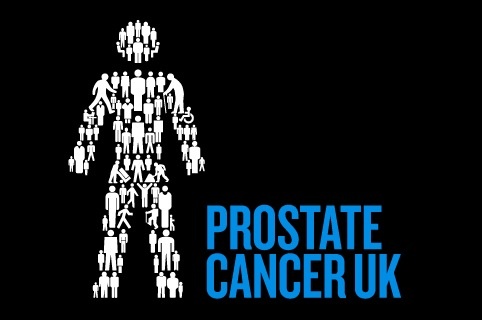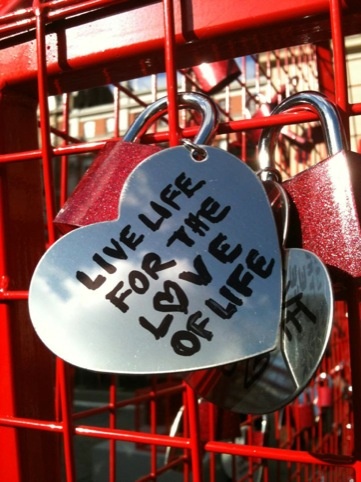Moustaches, sledgehammers and love-hearts – how charities are working their rebrands
Brandworkz chief executive Jens Lundgaard looks at how charities are embracing the rebrand.

One of the biggest success stories in the third sector, Movember is well underway and is the UK’s most talked-about charity of 2013, according to the Charity Brand Index this month. Movember was hatched by a group of pub-mates in Australia in 2003 and in the first year just 30 moustache-growers raised… nothing. Because it wasn’t about money. It was about men, and solidarity, and pub humour. Now, the annual facial-hair festival in support of men’s health issues has gone global, last year spurring 1.1 million moustaches in 21 countries and generating 2.7bn conversations about men’s health. And, of course, raising £92m for the cause.
Movember rebrands every year – it may only be a visual refresh, but a new look it is nonetheless. A brand as strong as Movember, one could argue, doesn’t need to visually reinvent itself every year, and in fact for many other brands this would cause confusion. But the point here is that Movember’s underlying brand platform, its values, its behaviour, its reason for being, remain consistent each year. Ultimately the brand is all about having fun, making a statement and raising loads of money for important causes. Giving the brand a refreshed, if always black and white, make-over creates a sense of carnival and the excitement of an annual event.
The third sector is embracing branding. Commercial brands are taking corporate social responsibility more seriously and are behaving more like charities – such as Marks & Spencer and its Shwopping initiative. This means that charities need to differentiate themselves again, yet at the same time they need to commercialise themselves. I think this tension is positive for the industry – the best charities are raising their game, competing on a wider stage, behaving like businesses and reaping the benefits.

Oxfam rebranded last year, adopting a new global identity to be used across all its country branches. Cancer Research UK also launched a new identity in 2012, with the dots making up its new ‘C’ marque more effectively communicating its connection to scientific research and, interestingly, to younger donors. Cancer Research UK is the 10th most popular brand among 18-24 year-olds, according to research by The Beans Group last year, finishing overall above H&M and Costa Coffee.
And it is not just in their refreshed brands that the not-for-profits are winning. They are also using innovative brand initiatives. Oxfam ran a month-long fleet of gigs during October, known as Oxjam. The events, run by the charity itself and also by individuals in Oxfam’s name, show how the charity has also been striving to engage a young audience.

Oxjam was an innovative way of targeting youth culture and engaging a new generation of supporters early, giving them ways to engage with the charity without necessarily having to give money themselves. It cemented a partnership and necessitated huge trust, with gig organisers paying in their earnings to Oxfam online.
Prostate Cancer UK, which itself rebranded in 2012, launched a two-week walnut-cracking fest this year. Dubbed the Sledgehammer Fund, each £5 donation to the charity was rewarded with an online video feed of a celebrity or volunteer, from a shop-window in Holborn, taking a sledgehammer to a walnut (the prostate gland is walnut-sized). It was symbolic, life-size and serious, but it was also macho, fun and memorable.

Dan Dufour, strategist at third sector branding experts, The Good Agency, told me that they are seeing a similar trend among their charity clients for using innovative branded events to raise both awareness and funds. The British Heart Foundation put heart health in the spotlight this year with its Love Installations – giant galvanised steel L.O.V.E and heart sculptures around London. Romantics paid £3 to attach a personalised red padlock to the sculptures. These were real-money donations, inspired by real relationships, and linked in a tangible and public way to the charity.

What is exciting in the charity sector is how the brand is being embraced, celebrated and used to underpin everything from services to policy; campaigns to fundraising. Without the budgets of commercial brands and ever-mindful of spending money on its core charity objectives, the not-for-profit sector has to think clever about their communications. The gradual rebranding of many charities has helped define and distinguish them, giving them the tools to engage new audiences, raise their profile and drive greater donations.
Jens Lundgaard is founder and chief executive of Brandworkz.
-
Post a comment




